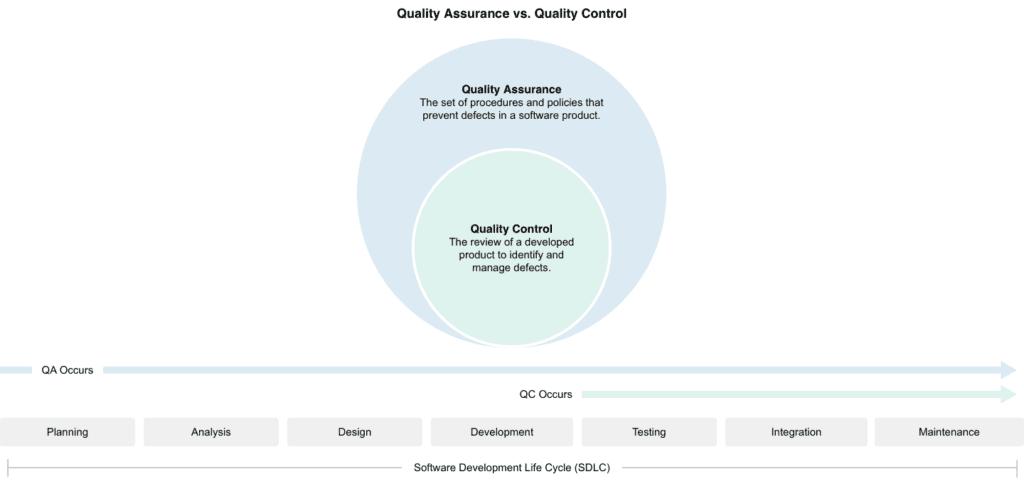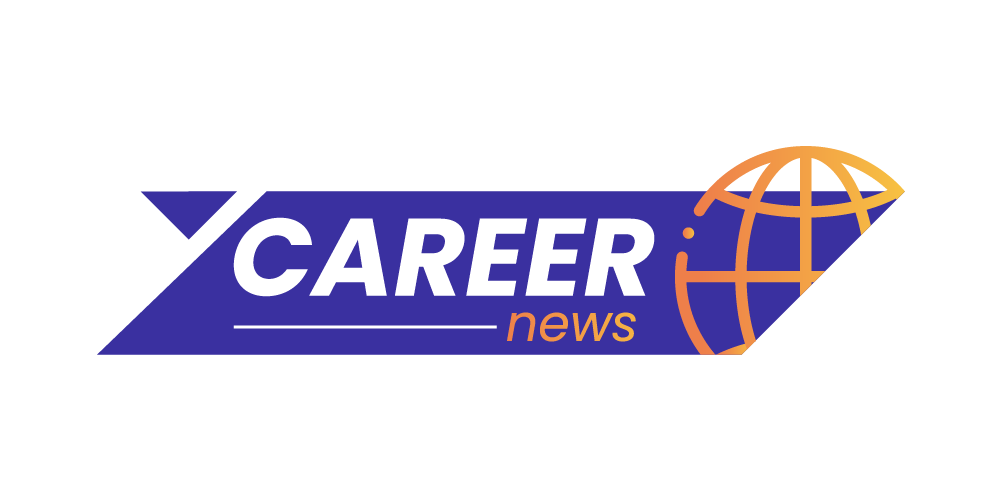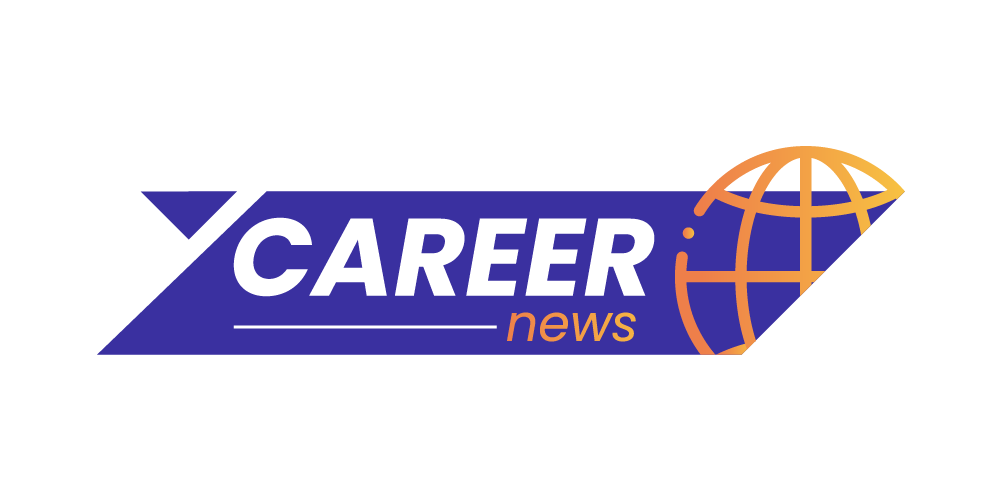Let’s dig into the similarities and differences between QA and QC, starting with some basic definitions for each term.
Quality assurance vs. quality control: a brief breakdown
Quality assurance is a subset of quality management. QA involves a set of activities and procedures occurring during product development that helps ensure a high-quality release. QA includes team members from across the software development organization discussing, planning and executing tests to validate product quality.
QA establishes policies and procedures that affect the entire organization. Additionally, QA requires adherence to standards defined by the business as well as any applicable technical standards, such as ISO 25010, or industry standards, such as HIPAA for healthcare organizations. The organization must establish QA policies to ensure every product release meets these standards.
Here are some of the activities that QA helps define:
-
requirements;
-
design and prototyping;
-
programming and code reviews;
-
version control;
-
continuous integration/continuous delivery (CI/CD);
-
configuration management;
-
test planning and execution;
-
release management;
-
deployment and integration;
-
customer acceptance and feedback.
Ultimately, effective QA relies on many moving parts, and it requires diligence and adaptation to meet customer expectations for any product at any given time. What worked yesterday might not work today — that’s why QA must evolve along with product offerings.
Quality control is a subset of QA. In QC, teams ensure that the developed product meets the organization’s quality standards. Defects in a software product, such as UI glitches, design imperfections, accessibility issues or security gaps, can cause irreparable damage to a brand’s reputation. Through a systematic QC process, the organization can correct products to ensure that they meet business requirements and customer expectations.
Digital QC involves a number of tasks, including:
-
identifying product errors or blemishes;
-
testing against quality requirements set forth during planning;
-
ensuring conformance with regulations or industry standards;
-
creating and maintaining test reports;
-
documenting bugs that either must be fixed before product release or can wait until the next iteration;
-
determining areas where quality or the user experience could be improved.
So, what are the similarities and differences between QA and QC? Let’s explore those one by one.




